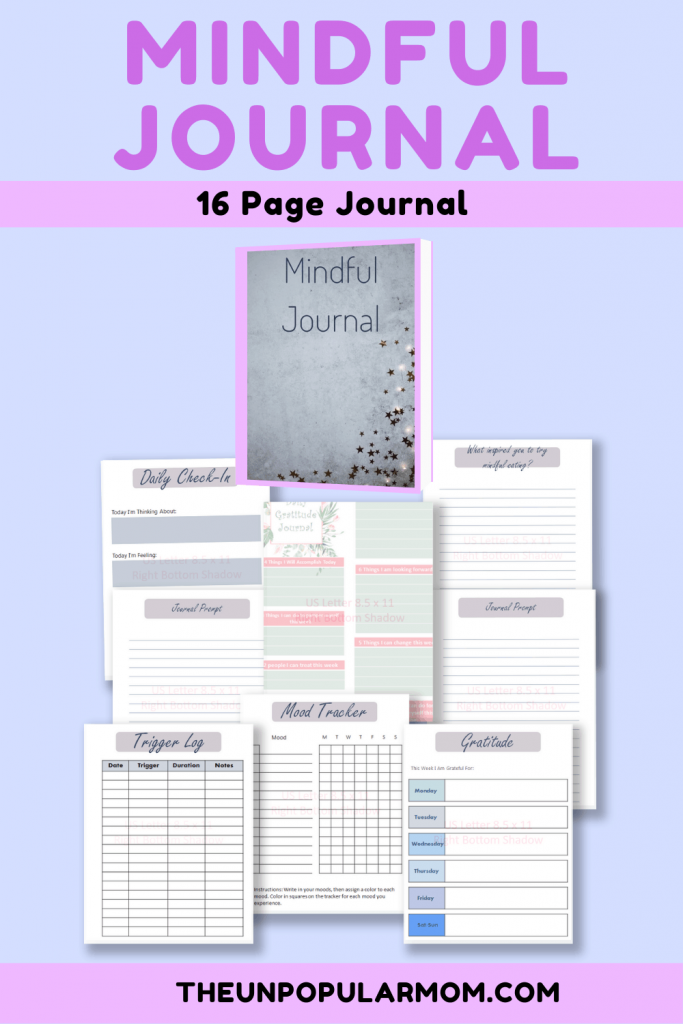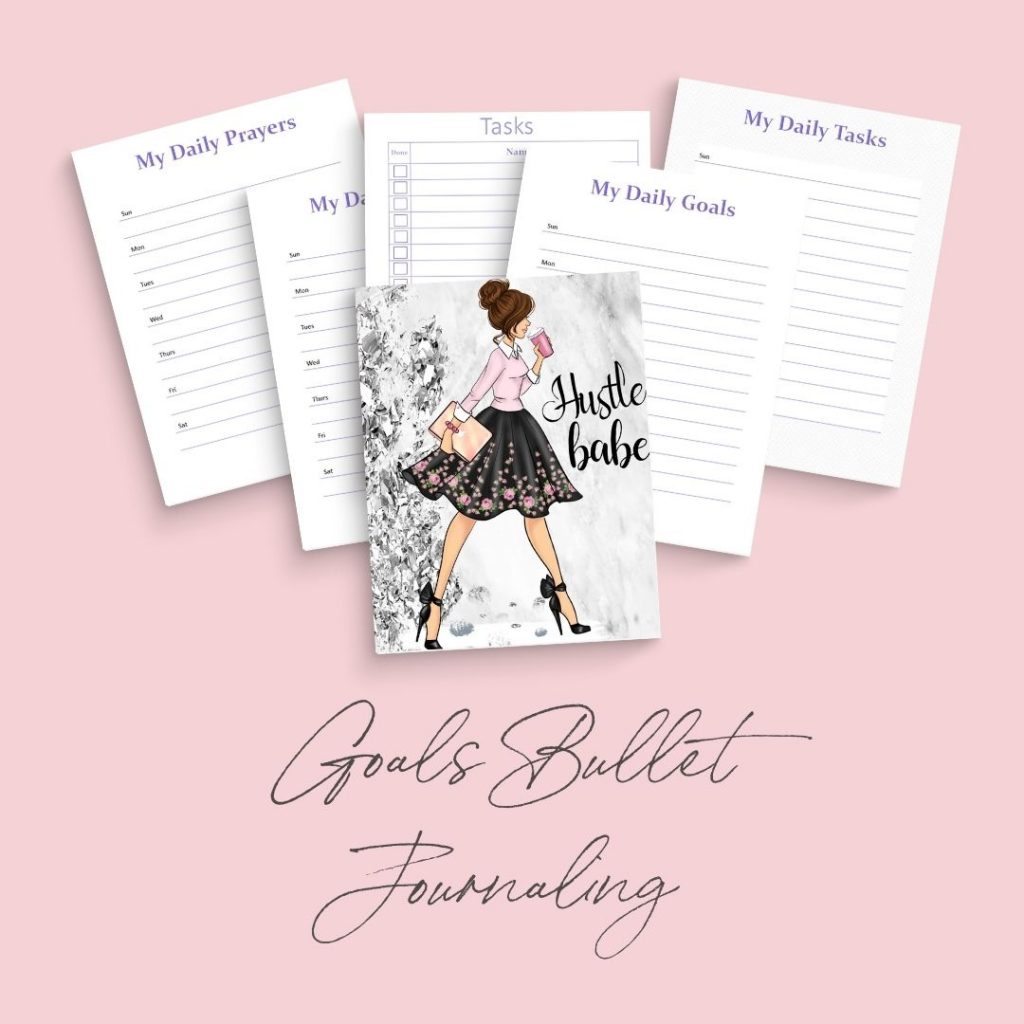Sharing is caring!
Disclaimer:
This blog post was written by me. I am not a doctor or mental health professional and cannot be held liable for the information written here.
This blog post is meant to provide information about doing a health and life reset. For medical assistance, please seek help from a medical or mental health professional.
Simple Guide to Resetting Your Wellness
Resetting your wellness is all about analyzing your health and wellness, seeing what is working and what isn’t, and making small changes that will improve your health.
Sound easy? That’s because it is! But just because it is easy, doesn’t mean people automatically do it. It is also easy to get caught up in your daily routine and habits, without really knowing why you do them or if they are improving your life.
That is why doing a reset can be so helpful. It lets you take a pause, reflect on your choices and lifestyle, and figure out where you want to make improvements.

Your health and wellness encompasses nearly every facet of your life, from nutrition and exercise, to your mental health and behaviors.
This blog post is going to guide you through the process of resetting these 5 important areas of your wellness:
Your Physical Health
Your Mental Health
Your Spiritual Health
Your Environment
Your Personal Life and Choices
Keep reading to get started on your health reset!
Naturally, the first focus when it comes to your health and wellness is going to be your physical health. The body you are living in is the only one you will ever have, so it is crucial that you take good care of it. This means focusing on health and balance, without restrictions or control.
Improve Your Nutrition

For your physical health reset, we are going to start with your diet and nutrition. This does not mean selecting a restrictive diet that tells you what you can and can’t eat, but instead focuses more on adding in healthy and nutrient-dense foods for overall health and wellness.
Aim for balance, not perfection
With a healthy diet, you are not trying to restrict foods or be perfect. Nobody is going to be perfect, so that just sets yourself up for failure. Instead, just try to stick to a balanced diet of about 80% healthy and nutritious foods, and 20% of your treat or indulgent foods.
This might look like having healthy foods throughout the day with either a snack or dessert that is more indulgent, or when you go out to brunch, eat more nutritious for the rest of the day.
Avoid fad or trendy diets – These are meant to be short, quick fixes and are not helping you to develop a healthy lifestyle. Resetting your wellness should mean getting rid of the fad diets, and instead just making smarter choices.
Stock up on healthy foods
The easiest way to eat more nutrient dense foods is to have plenty of them in your home. It is okay to have packaged snacks, but don’t keep them on the counter. Instead, fill a fruit bowl with lots of fresh fruit, and put your healthier snacks near the front of cabinet and refrigerator shelves. The more healthier foods you have, the more likely you are to go for them.
Moving Your Body

Naturally, when you improve your diet, you also want to improve your movement. Adding in regular, and moderate exercise is a great way to keep a healthy body. As with nutrition, this doesn’t mean an extreme workout regimen, spending 3 hours a day at the gym, or participating in an Iron Man competition. Instead, just find easy and enjoyable ways to move your body more often.
Track how often you exercise – It is hard to know how active you are when you don’t keep track of it. This does not need to be a strict workout routine, but instead just writing down your exercise in a journal or planner, or on an app on your phone. I will be uploading a free fitness tracker to the printables hub soon! Sign up at the bottom of this post to check it out!
It will keep you accountable, and gives you a record of workouts if you want to look back and see how active you were during different phases of your life.
Try something new – Don’t be afraid to try something new! You never know what forms of movement you will end up enjoying. You are not destined to just run on a treadmill forever. Try lifting weights, taking a class, doing yoga or Pilates, or going for a walk outside.
Grab an exercise buddy – The wellness reset is also a good time to team up with friends or family members for workouts. Maybe you have a friend you go to brunch and a hike with every Sunday, or you go for a family walk after dinner.
Focus on Getting Better Sleep

Sleep hygiene is the trending topic recently as more researchers discover just how important your sleep and sleep routine is. Sleep hygiene is a way to describe the habits and routine you have set up each evening when you get ready for sleep. It actually makes a much bigger difference in your quality sleep than you might imagine.
Have a good sleep environment – To start with, your bedroom needs to be optimal for getting a good night’s sleep. Not only should you have a comfortable bed and pillow, but be able to control the temperature in your room, unplug from devices, and have a cozy and soothing sleep environment.
Start getting ready for bed earlier – If you are watching TV or using your phone until 5 minutes before bed, it is going to be really hard to fall asleep.
Try to unplug and instead give yourself at least an hour before bedtime to relax in a dimly lit or dark room. You can read a book, lay down and rest, do meditation, or write in your journal. These are relaxing activities that aren’t going to increase your energy.
Make sleep a priority – At the end of the day, you need to be the one to make your own sleep a priority. This might mean no more late nights and telling friends you can’t go out during the week. But what you get in return is a healthy body and mind.
Take your vitamins – This is probably the easiest way to get into alternative health and prevent those extra trips to the doctor. If you are not getting enough nutrients from your food, the next best thing is to take a multi-vitamin or supplements your doctor has recommended.
Try essential oils – Essential oils can be used for so many things, from getting better sleep to reducing your anxiety. There are also blends that are great for your skin and treating minor cuts and scrapes. There is a lot to learn about essential oils, but a good place to start is common oils like lavender for relaxation and stress relief. Check out this one from amazon.
Use natural herbs – There are also many herbs that can provide preventative medicine to keep you from the doctor’s office. Some herbs that people like to use for natural remedies include aloe, ginkgo, echinacea, chamomile, and primrose.
This is not going to replace medical care from health professionals, but instead help with preventative health from home.
The next area of wellness for your reset routine is your emotional and mental health. How you think and feel impact how your body performs. With too much stress and anxiety, you could do poorly at your job, make unhealthy choices, eat emotionally, feel aches and pains, lose sleep, have setbacks in relationships, and so much more.
It is time to take your mental health seriously and really figure out how to improve it in the healthiest, most natural way possible.
Do a Brain Dump
The simplest way to start resetting your emotional and mental health is with a brain dump. This is when you get out your journal, notebook, or piece of paper, and write absolutely anything and everything that is on your mind. If you need some journals and planners, get your free one here!

There are no rules, timers, or quantities you need to achieve here. It is just about writing until you feel like all your thoughts, worries, feelings, plans, goals, emotions, and anything lese in your head is on paper. Check out this great video on Journaling 101.
You may also see this called “stream of consciousness” journaling, since it works in much the same way. Here are some things to know about the brain dump style of journaling:
There are no rules about what or how to write – Don’t worry about anything while you write, whether that is how nice your handwriting is to spelling or grammatical errors. You just need to get your thoughts out of your head and onto paper. That is the only thing you should be worrying about.
You will probably change topics frequently – Brain dumps are not succinct or in any type of order. You are probably not using a journal prompt of any kind, or choosing a topic to write about. The point is to just write whatever comes to your mind. This means writing about as many different things as you want.
Allow yourself to write for as long as you need to – Don’t set a limit as far as how long to write or how many pages. That helps with daily journaling, but brain dumps are done less often, and therefore need the flexibility of as much time as you need to get done.
Create a Journaling Routine
After you have done your initial brain dump, you can keep using a journal for your life reset by creating a routine. This is when you want to decide what to journal about, how often, and how it fits into your day. While we recommend writing in your journal at least once a day, it should work best with your schedule.
Tips for Creating a Journaling Routine
The key here is to have a journaling routine that works best for you. Don’t worry about what others are doing, as your schedule and preferences are probably going to make it a little different. However, we do have some tips if you’re not sure what it should be like.
Find the right journaling space in your home – Choose an area of your home where you can sit down in peace and quiet, and just focus on your writing. This might be in your home office, a desk or writing space in your bedroom, or on your dining room table. It doesn’t have to be an entire room like a private office, but set up the space to have everything you need.
Journal around the same time every day – If you want this to become a habit, you need to create a journaling routine that occurs around the same time each day. For example, if it is part of your morning routine, do the same things in order each morning.
For you, this might mean brushing your teeth, getting a glass of water, and sitting down to write. For others, they know it’s journal writing time after the dishes are done in the evening.
Keep it short when needed – Sometimes, you only have 5 minutes or less to write in your journal, and that’s okay! The most important thing is that you still write, even if it’s half a page before you have to get ready to leave. This is better than nothing, and still allows you to benefit from it.
Don’t Forget Your Self-Care

Self-care is a big part of your reset, and often fits within the mental and emotional health spectrum. Self-care allows you to spend time on yourself and your own needs. This might be taking a bath or reading a book in the evening before bed, or having one day a week where you focus on hobbies or your own interests.
Self-care has no rules – Just like journaling, self-care doesn’t have rules, time limits, or guidelines. It can be anything you want to do that is for you, from using a face mask to going to see a movie with friends. It also doesn’t have to be an activity you always do alone.
Your self-care routine is yours to customize how you want – If you want a self-care routine, try to pick at least one day out of the week to dedicate to it. You will eventually try to add in a routine that you do daily, but this can be a lot of pressure when you are changing so many different things during a life reset.
Remember, self-care is not selfish. It is something you are doing for yourself, your own peace of mind, and because everyone needs a little time for themselves. The more you care for yourself, the better you can care for others.
Revisit Your Goals

It is also a good idea to revisit any goals you have, both personal and professional ones. Remember goals can be small enough to be done in a week or month, or long enough to be done within several years. Most goals are going to be somewhere in the middle.
Start by looking at your past goals, and figuring out if they still interest you. If you had a goal from 5 years ago that you haven’t even thought about, that is probably a good sign that it no longer interests you. It’s okay to change your mind.
Next, look at the remaining life goals you have and decide how far you have gotten, and make a plan to start working toward them. A goal-setting plan is one that is realistic and fits within your current schedule and lifestyle.
Lastly, you can take some time setting new goals during your life reset.

